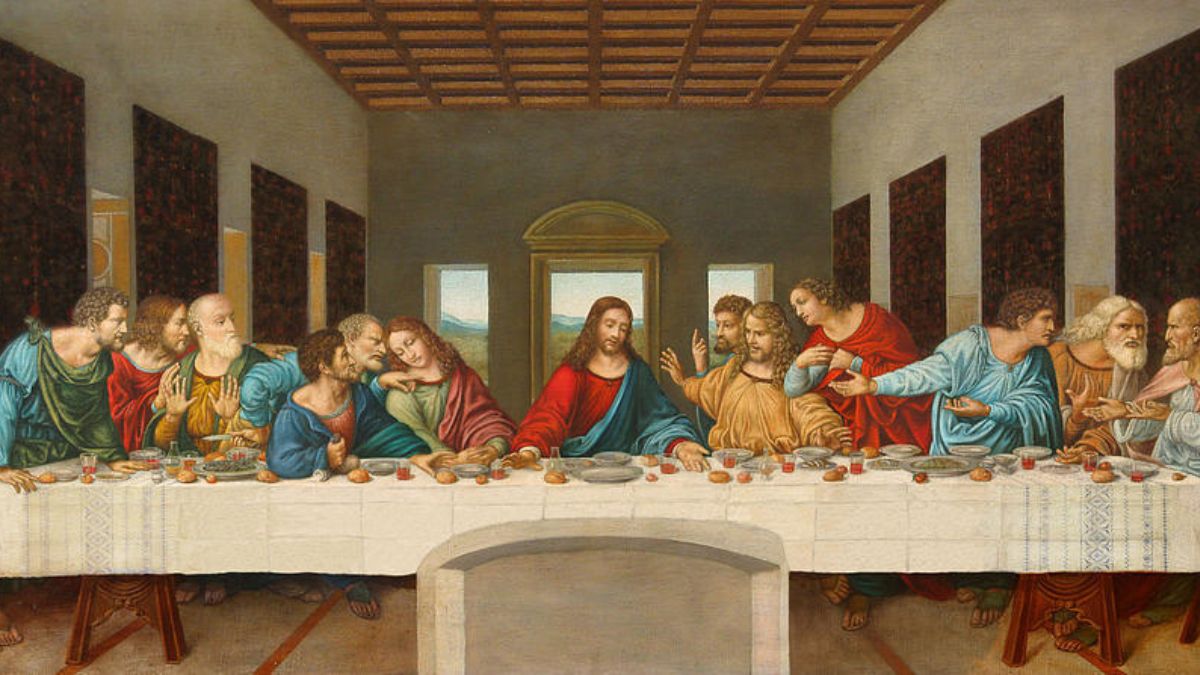

BreakPoint
Circumstantial Evidence
Next month Timothy McVeigh, the man behind the Oklahoma City bombing, has a date with death. He'll receive a lethal injection for killing 168 innocent people, even though no one saw him commit this heinous crime. All the evidence against McVeigh, you see, was circumstantial. Indirect testimony: That's what circumstantial evidence is. It's an accumulation of facts from which one can draw intelligent conclusions. As a newspaper reporter covering the courts, former journalist Lee Strobel saw how circumstantial evidence is used to expose what really happened during a crime. So, in the midst of a spiritual quest, Strobel began to wonder: Could circumstantial evidence verify that the resurrection of Christ really happened? Well, he took his question to philosopher J.P. Moreland. In a challenging voice, Strobel asked Moreland: "Can you give me five pieces of solid circumstantial evidence that convince you Jesus rose from the dead?" Certainly, Moreland responded. First, there's the evidence of the skeptics. Some of those who were most hostile to Jesus prior to his death became his most ardent supporters afterwards. Second, the ancient Jews had a number of immensely important religious rituals. These included the offering of animal sacrifices, obeying the Mosaic law, and keeping the Sabbath. But within five weeks of Jesus' death, more than 10,000 Jews had suddenly altered or abandoned these rituals. Moreland asked: Why would they relinquish rites that had long given them their national identity? The implication is that something enormously significant had occurred. Third, we see the emergence of new rituals: the sacraments of Communion and Baptism. The early Jews baptized in the name of the Father, the Son, and the Holy Spirit, "which," Moreland said, "meant they had elevated Jesus to the full status of God." Fourth, we see the rapid rise of a new church, beginning shortly after the death of Jesus. Within twenty years this new church (begun by the companions of a dead carpenter) had reached Caesar's palace in Rome, and eventually spread throughout the Roman empire. And then, Moreland said, there's the most convincing circumstantial evidence of all: the fact that every one of Jesus' disciples was willing to suffer and die for his beliefs. These men spent the rest of their lives witnessing about Christ. They frequently went without food; they were mocked, beaten, and thrown into prison. In the end, all but one died a painful martyr's death. Would they have done this for a lie? Of course not. They did it because they were convinced beyond a doubt that they had seen the risen Christ. Even if we doubted 2,000-year-old evidence, we all have the circumstantial evidence we could possibly want -- right in front of us. It is, Moreland said, "the ongoing encounter with the resurrected Christ that happens all over the world, in every culture, to people from all kinds of backgrounds and personalities. They all will testify that more than any single thing in their lives, Jesus Christ has changed them." Circumstantial evidence earned Timothy McVeigh a death sentence. But sacred circumstantial evidence about the resurrection of Jesus Christ can lead all of us, including McVeigh, to a much better verdict: everlasting life in the presence of God. For further reference: Strobel, Lee. The Case for Christ. Grand Rapids, MI: Zondervan, 1998.
04/19/01















